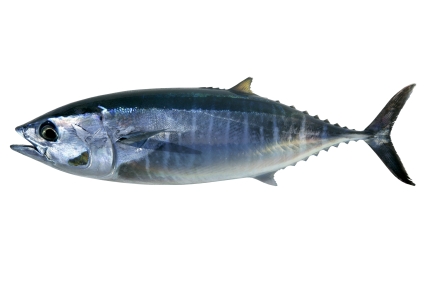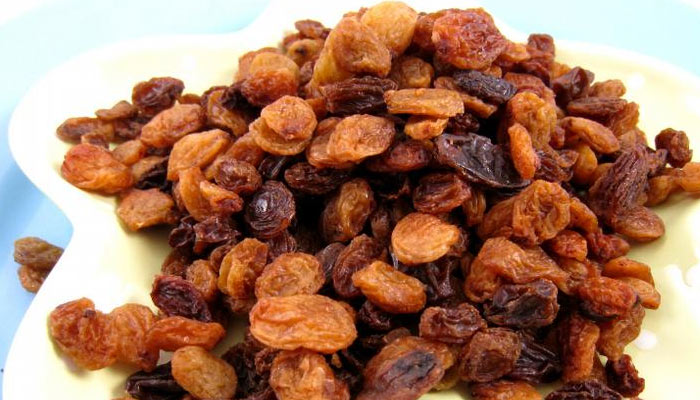
by admin | Feb 4, 2014 | Natural Facts
Introduction: Dry eye syndrome (DES) or reratoconjunctivitis sicca is a very common eye disease characterized by eye dryness caused by either decreased tear production or increased tear film evaporation. DES affects 5 – 6% of the general population, but its...

by admin | Feb 3, 2014 | Healing Food Facts
Although most consider the olive a vegetable, its actually a fruit. Many consume green and black olives, the only difference between the two being their degree of ripeness – green being the less ripe. Olives are usually prepared by being cured or pickled in oil, water...
by admin | Feb 1, 2014 | Awareness month, Monthly Condition
Every second of every minute of your life, your heart is going to beat. The force of this vital pump pushes blood, carrying its payload of oxygen and nutrients, to every one of your tissues and organs and the cells that comprise them. Ultimately, the blood returns to...

by admin | Jan 28, 2014 | Mens Health
Introduction Melatonin is a hormone secreted by the pineal gland, a small pea-sized gland at the base of the brain. The exact function of melatonin is still poorly understood, but it is critically involved in regulating the natural biorhythm of hormone secretion...

by admin | Jan 27, 2014 | Healing Food Facts
Raisins are a common American snack made from dehydrated grapes. Ancient Phoenicians and Armenians worked to prefect the process of making raisins. In Rome, raisins were used to adorn places of worship, used as barter currency and were even given as prizes at sporting...







